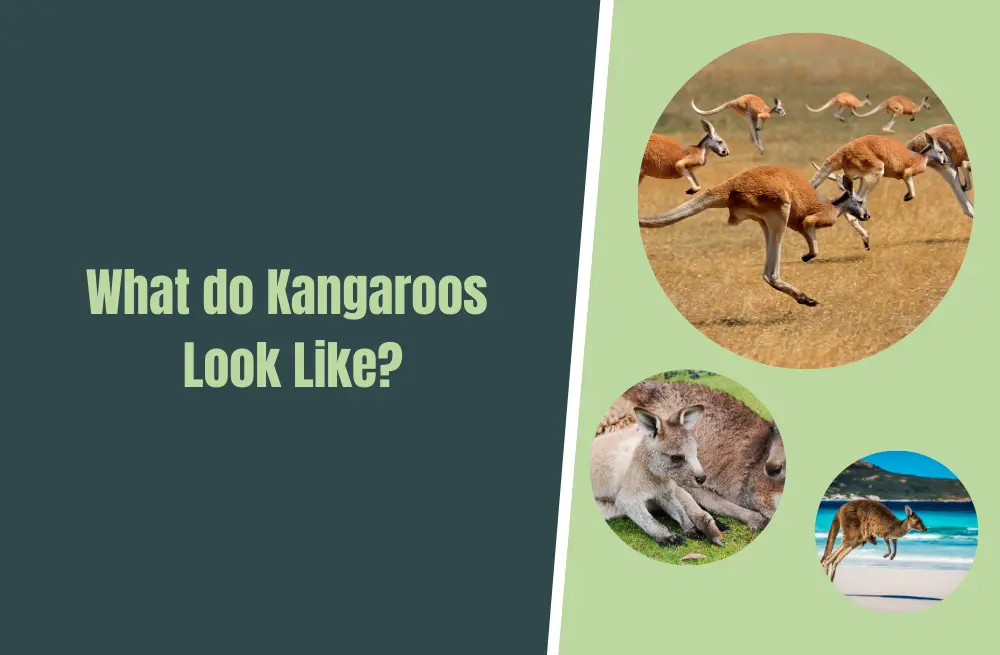Kangaroos, the iconic Australian marsupials, hold a special place in the hearts of both locals and visitors. As one traverses the vast and diverse landscapes of Australia, it’s hard to miss the presence of these fascinating creatures. With an estimated population of 50 million, kangaroos dominate the Australian wildlife scene, captivating with their unique characteristics and enchanting hops.
Abundance in Numbers
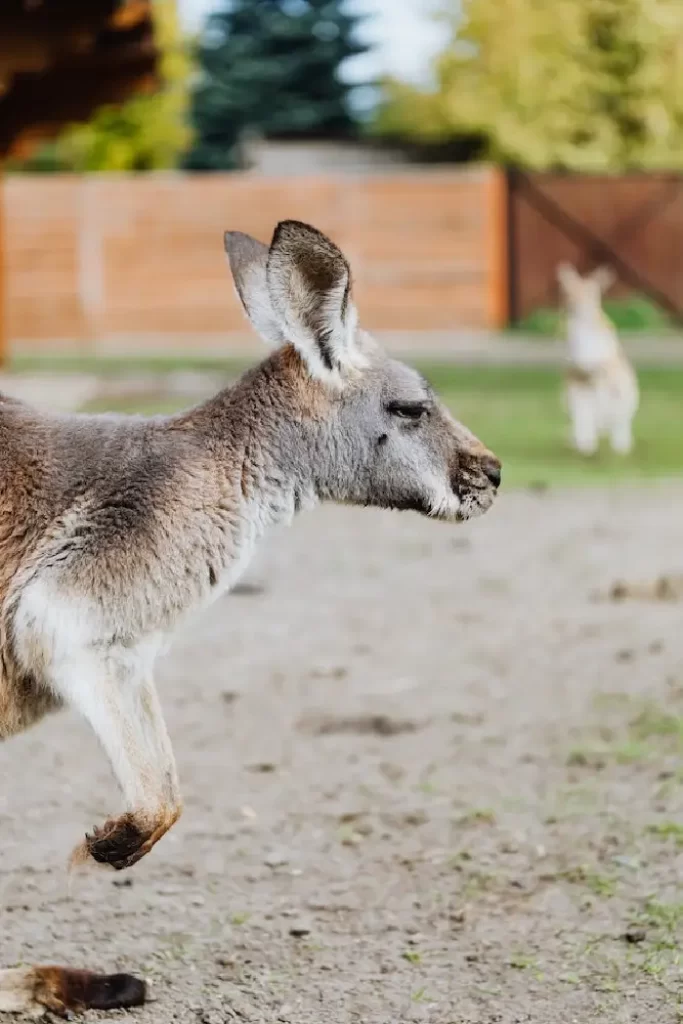
In a land of approximately 25 million people, the kangaroo population stands out, often referred to as reaching “plague proportions” by some Australians. This staggering figure highlights the significant role kangaroos play in Australia’s ecological balance and showcases their successful adaptation to various habitats across the country.
Thriving in Diverse Habitats
Kangaroos are true survivors, adapting to a wide range of environments, including the arid grasslands that stretch across Australia. Areas like Sturt National Park serve as a prime example of the thriving kangaroo populations within these distinctive landscapes. The resilience and ability of kangaroos to flourish in such habitats demonstrate their evolutionary prowess and remarkable resilience.
Understanding the Kangaroo Population
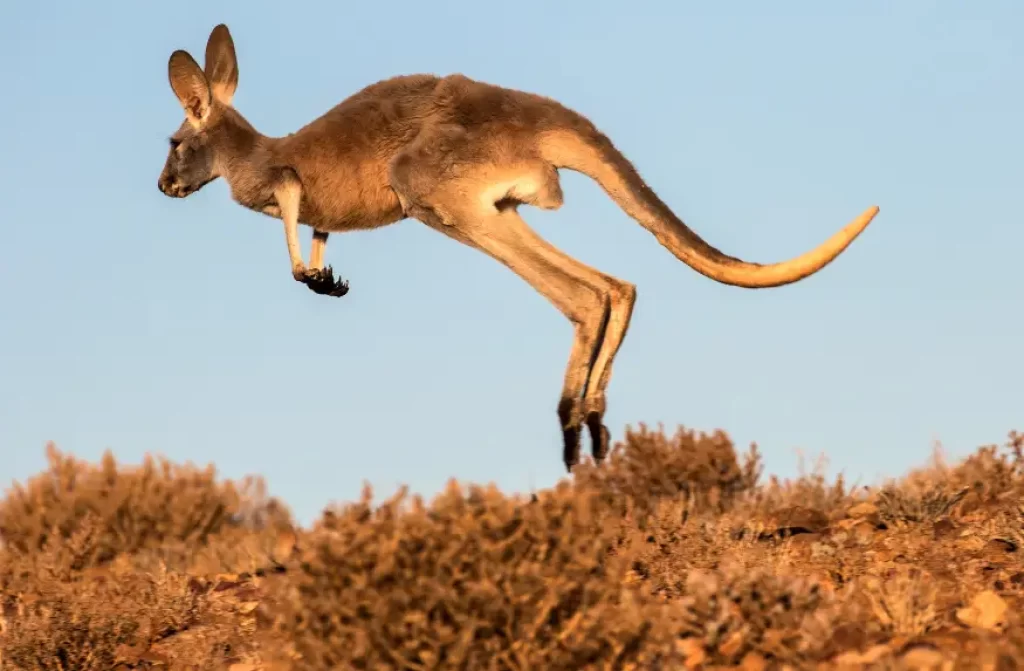
Exploring the abundance of kangaroos in Australia goes beyond mere numbers. It offers insights into the intricate dynamics between these marsupials and their environment. Studying their population size, distribution, and behavior provides valuable information for conservationists, scientists, and policymakers alike, enabling them to make informed decisions for the preservation of this iconic species.
Future Outlook
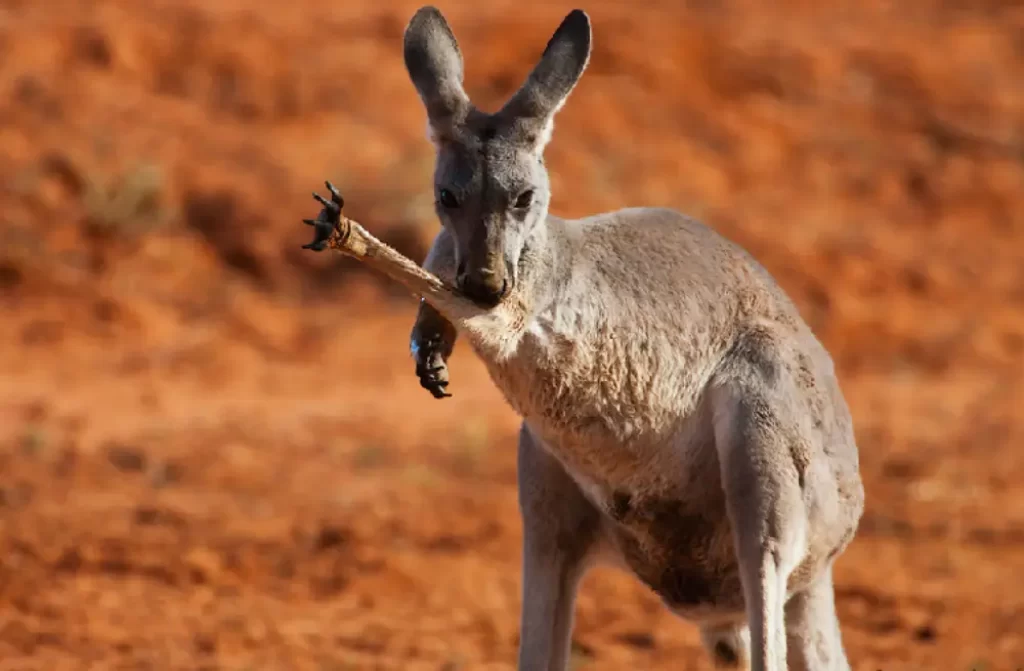
As we peer into the future, it is essential to consider the potential factors that may influence the kangaroo populations in Australia. One significant concern is the impact of climate change. Rising temperatures, altered rainfall patterns, and extreme weather events pose challenges to the delicate balance of ecosystems on which kangaroos depend. These changes can affect the availability of food and water resources, disrupt breeding cycles, and potentially lead to habitat loss.
Furthermore, land use changes, such as urbanization, agricultural expansion, and infrastructure development, can fragment kangaroo habitats and restrict their movement. This fragmentation can impede their ability to find suitable food and breeding grounds, potentially reducing population sizes in certain regions.
However, amidst these challenges, there is hope. Conservation efforts play a crucial role in ensuring the future of kangaroo populations in Australia. Conservation organizations, researchers, and policymakers are working tirelessly to protect and manage kangaroo habitats, implement sustainable land use practices, and raise awareness about the importance of coexisting with these remarkable marsupials.
By understanding the ecological needs of kangaroos and implementing measures to mitigate the impacts of climate change and land use changes, we can strive towards a more sustainable future for these iconic creatures. Collaboration between stakeholders, community engagement, and ongoing research will continue to play vital roles in safeguarding the abundance and diversity of kangaroo populations across Australia.
Where is the largest population of kangaroos outside of Australia?
The largest population of kangaroos outside of Australia can be found in New Guinea, specifically in the highlands of Papua New Guinea and the Indonesian province of West Papua.
These regions are home to various kangaroo species, including the New Guinea pademelon (Thylogale browni) and the agile wallaby (Macropus agilis). The presence of kangaroos in these areas showcases their adaptability to diverse environments beyond the Australian continent.
How many kangaroos are in New Zealand?
Kangaroos are not native to New Zealand and do not have established populations in the country. The natural habitat of kangaroos is primarily in Australia, where they are endemic. While some kangaroos may be found in New Zealand in zoos, wildlife parks, or private collections, they are not considered a wild or self-sustaining population in the country. The New Zealand ecosystem does not provide the necessary conditions for kangaroos to thrive and reproduce in the wild.
Are there kangaroos in Europe?
No, kangaroos are not native to Europe. They are endemic to Australia, where they have evolved and adapted to the specific environmental conditions of the continent. Kangaroos are marsupials and are primarily found in Australia and its surrounding islands. While you may find kangaroos in European zoos, wildlife parks, or private collections, they are not considered wild or naturally occurring in Europe.
Where are the biggest kangaroos?
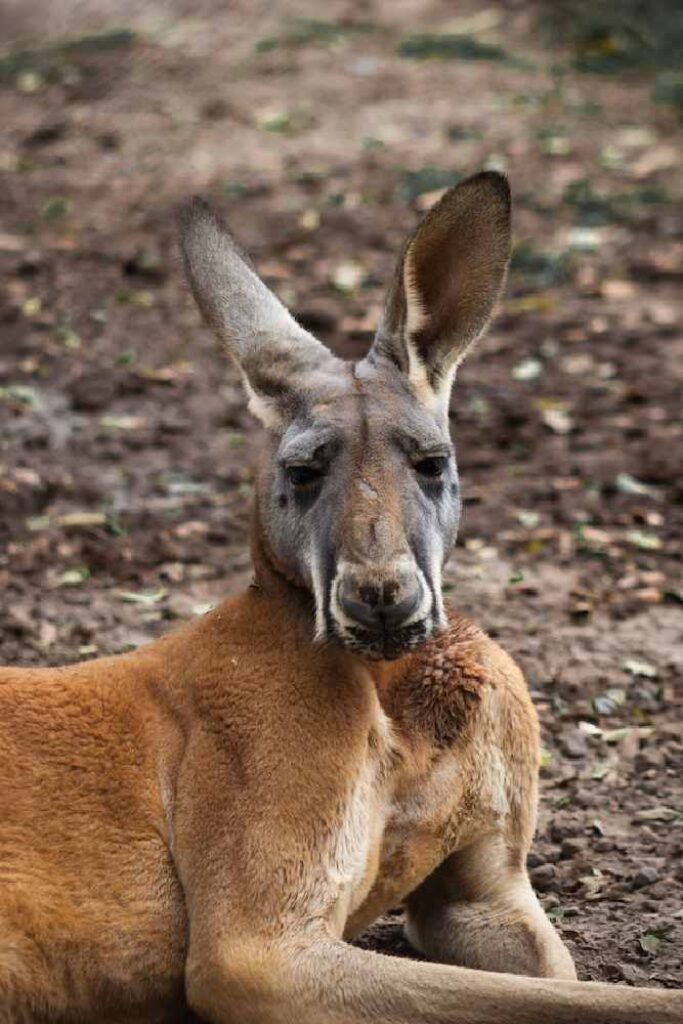
The largest species of kangaroos is the Red Kangaroo (Macropus rufus), which is known for its impressive size. Adult male Red Kangaroos can reach heights of up to 6 feet (1.8 meters) and weigh over 200 pounds (90 kilograms). They are found in various parts of Australia, particularly in arid and semi-arid regions.
Some notable areas with significant populations of Red Kangaroos include central Australia, the Australian Outback, and regions of Queensland, Western Australia, and South Australia. These large kangaroos have adapted to thrive in the harsh conditions of the Australian desert and grasslands.
Does Germany have kangaroos?
Kangaroos are not native to Germany, as they are endemic to Australia. However, it is worth noting that kangaroos can be found in certain zoos, wildlife parks, and private collections around the world, including in Germany.
These kangaroos are typically kept in controlled environments that replicate their natural habitats to some extent. Visitors to such facilities may have the opportunity to observe and learn about these fascinating animals, but they are not found in the wild in Germany.
Conclusion
As we contemplate the current and future status of kangaroo populations in Australia, we are reminded of their resilience and adaptability. The estimated 50 million kangaroos scattered across the country symbolize their ability to thrive in diverse environments. However, challenges posed by climate change and land use changes necessitate our commitment to conservation efforts. By working together and taking proactive measures, we can ensure a promising future for kangaroo populations, safeguarding their ecological significance and preserving the beauty and wonder they bring to the Australian landscape.


